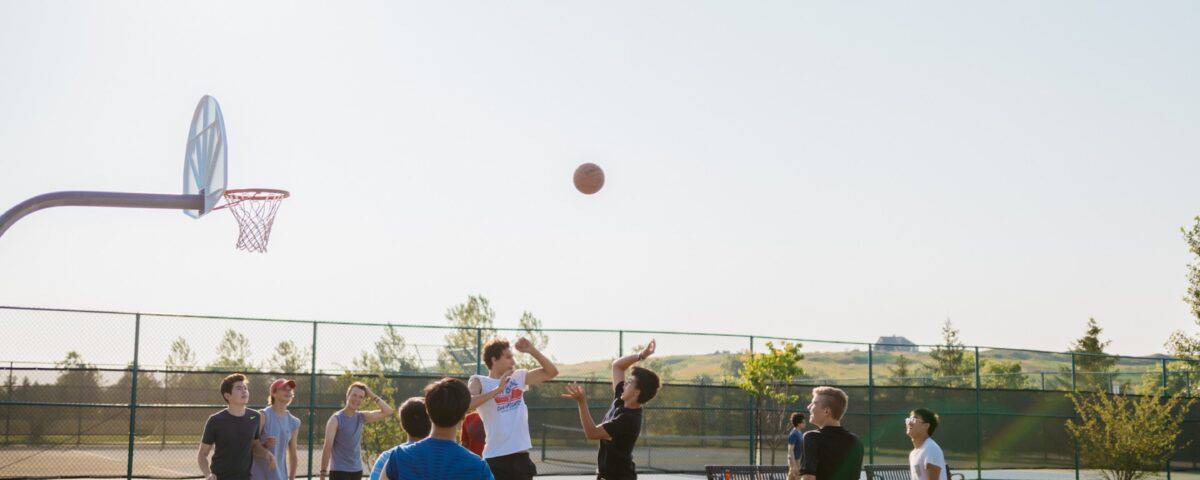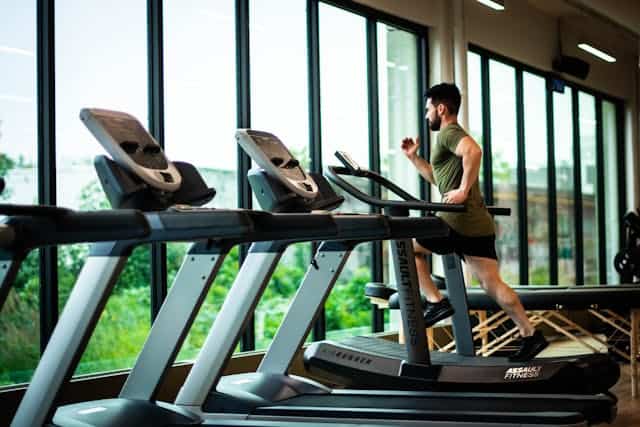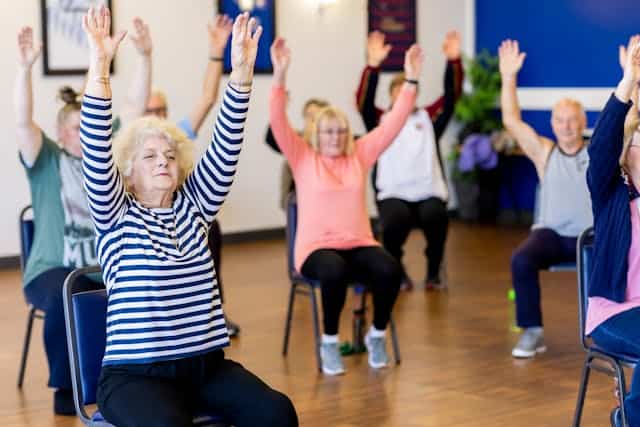
Sedentary Behavior and Physical Frailty Among Rural Older Adults in China: The Moderating Effect of Social Isolation
October 2, 2023
Optimal domain-specific physical activity and sedentary behaviors for blood lipids among Japanese children: a compositional data analysis
October 16, 2023A paper titled “Are more physical education classes related to less time in leisure-time sedentary behavior? An analysis including adolescents from 73 countries” was recently published in BMC Public Health. A summary of the article and citation details are re-posted below. The full article can be found here.
ABSTRACT
This study aimed to verify the association between the weekly frequency of physical education (PE) classes and leisure sitting time among adolescents. We analyzed data from 73 countries using the Global School-based Student Health Survey (283,233 adolescents between 11 and 18 years of age). Leisure sitting time and weekly frequency of PE classes were self-reported. Sex, age, and food insecurity were used as covariates and the analyses were stratified by world regions and country income level. Poisson regression models (random-effects meta-analysis) were used for the main analyses. In comparison with 1 PE class per week (reference group), those with no PE classes presented a lower prevalence of ≥ 3 h/d of leisure sitting time (PR [95%CI] = 0.94 [0.91; 0.98]). On the other hand, adolescents with 2 days (PR [95%CI] = 1.06 [1.02; 1.26]), 3–4 days (PR [95%CI] = 1.17 [1.12; 1.22]), and 5 days (PR [95%CI] = 1.08 [1.04; 1.11]) of PE classes presented a higher likelihood of ≥ 3 h/d of leisure sitting time. No clear differences were observed for the different world regions and country income levels. We conclude that a higher weekly frequency of PE classes is associated with increased leisure sitting time among adolescents worldwide.
CITATION
Silva, D.R., Araujo, R.H.O., Werneck, A.O., Ballarin, G., Andricciola, F., dos Santos, L., & Bravo-Sayavera, J. (2023). Are more physical education classes related to less time in leisure-time sedentary behavior? An analysis including adolescents from 73 countries. BMC Public Health, 23, 1943, 1-7. https://doi.org/10.1186/s12889-023-16703-7
Photo by Steven Abraham on Unsplash




